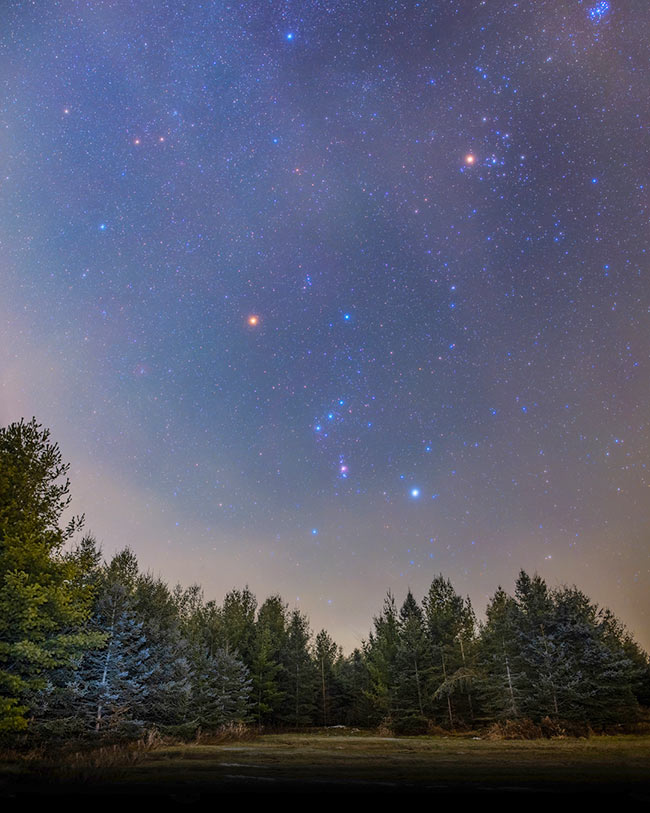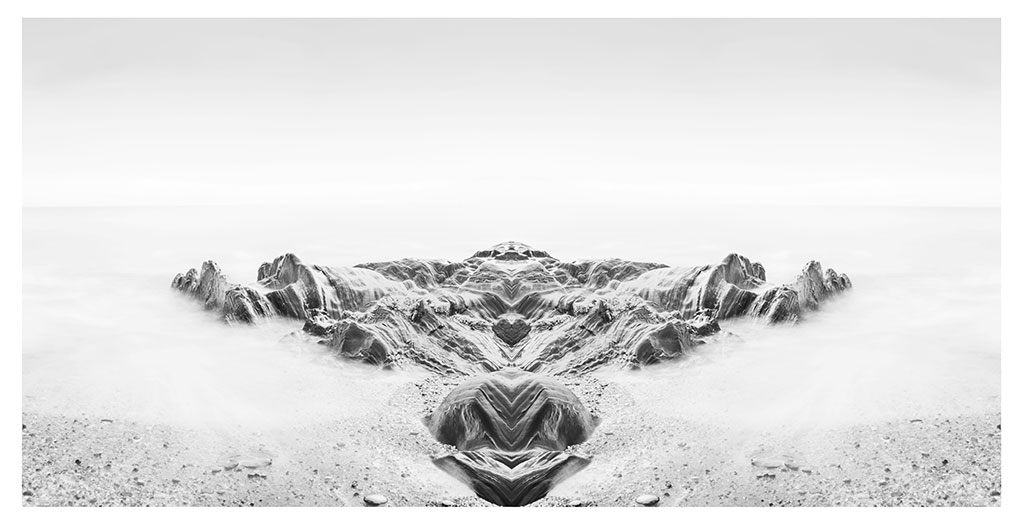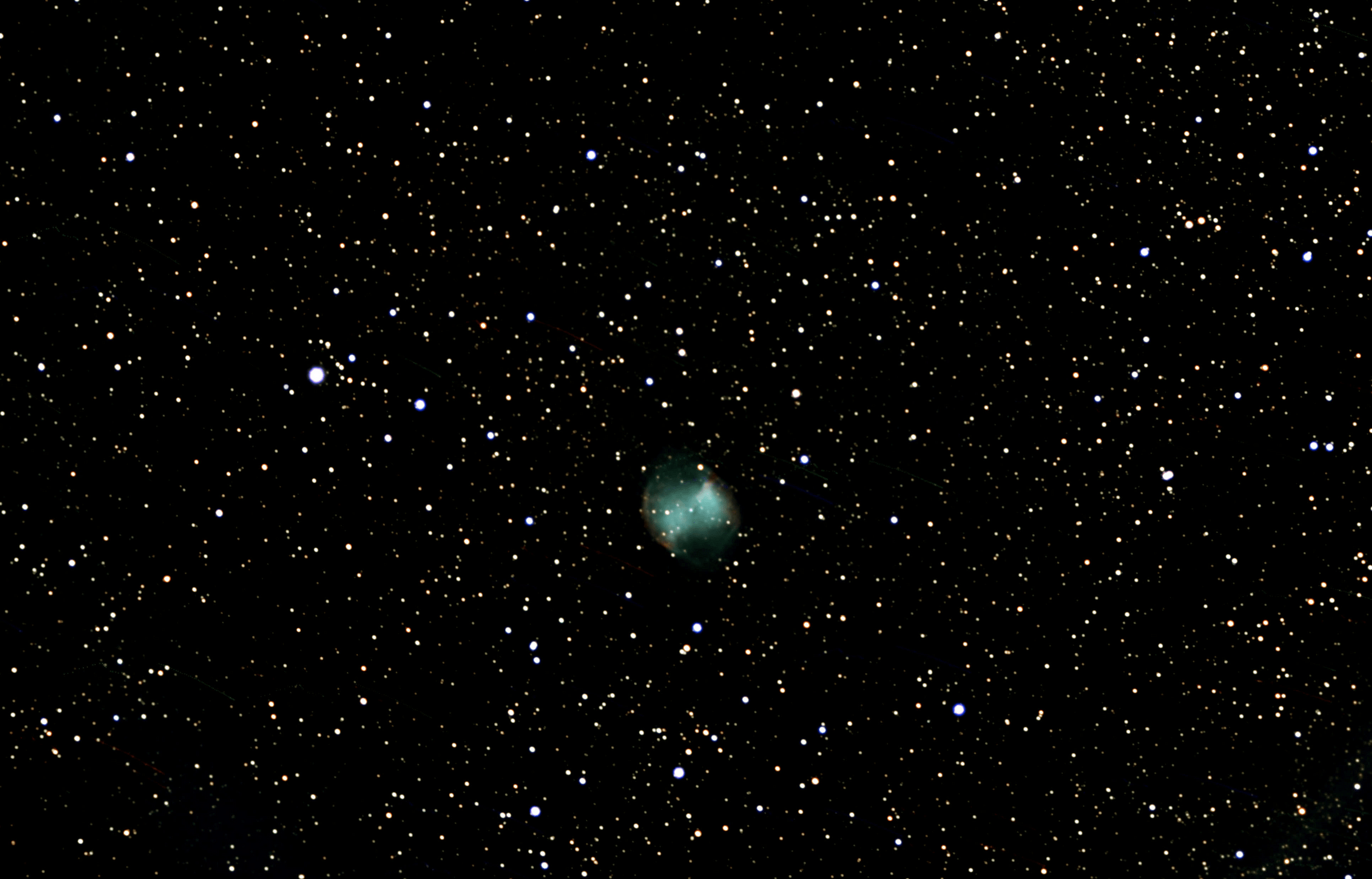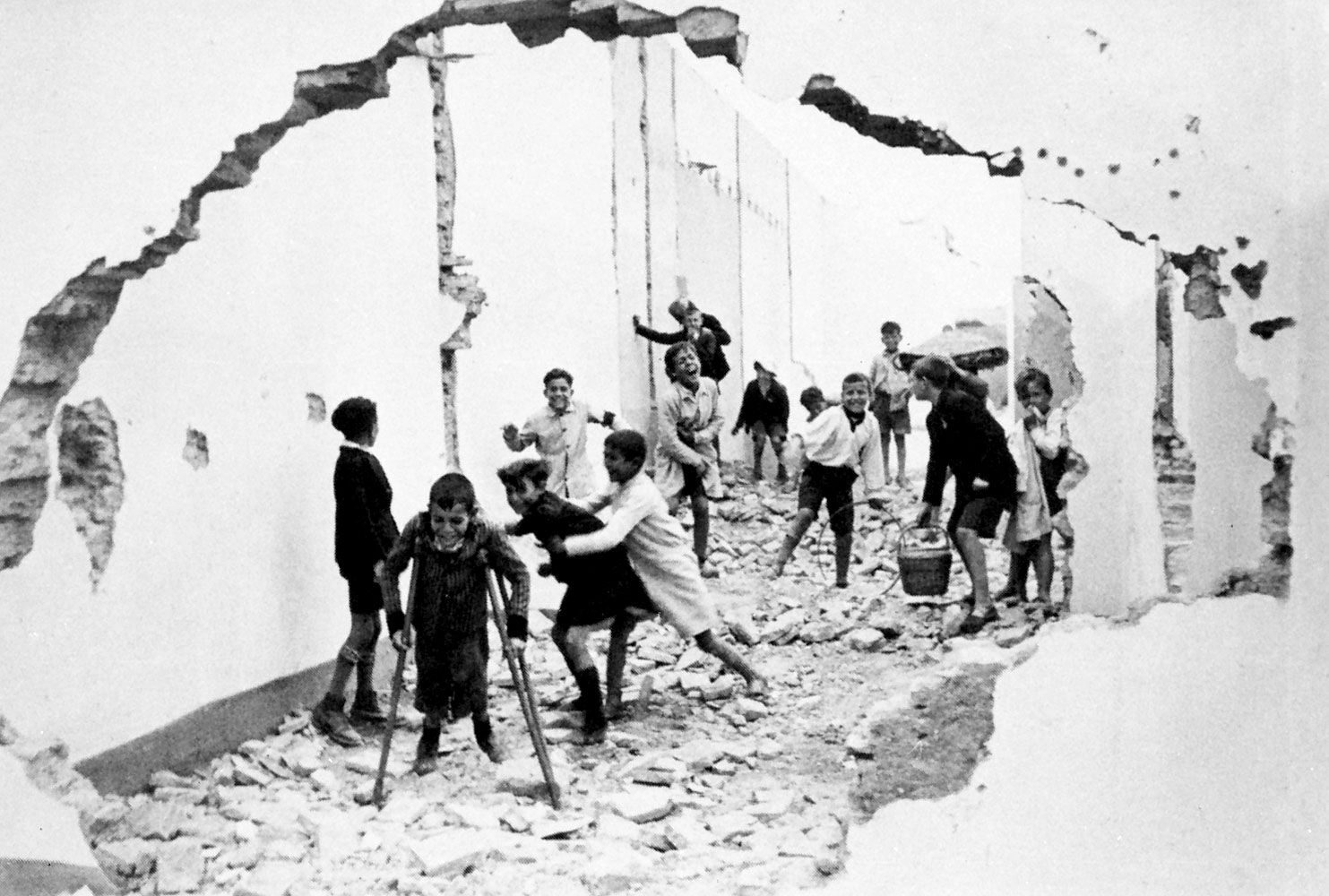Night photography has a magical allure that captivates both photographers and their audience. The interplay of darkness and light opens up a realm of creative possibilities, allowing you to capture stunning images that evoke emotions and tell powerful stories. In this blog post, we will uncover some valuable tips and tricks to unlock the magic of night photography and leave your audience awe-inspired.
1. Use a Tripod: Stability is crucial in night photography due to the longer exposure times required. Invest in a sturdy tripod that will keep your camera steady and prevent any unwanted blurriness or shake.
2. Experiment with Long Exposures: Nighttime provides the perfect opportunity to experiment with long exposure techniques. By using longer shutter speeds, you can capture the mesmerizing trails of car lights, shooting stars, or even create dreamy light painting effects like swirls or orbs. Start with a shutter speed of several seconds and adjust until you achieve the desired effect.
3. Understand and Utilize Available Light: Take advantage of available light sources in the night, such as streetlights, city skylines, or the moon. By embracing and understanding these light sources, you can create captivating compositions with beautiful contrasts and unique atmospheres.
4. Master Manual Mode: Shooting in manual mode gives you full control over your camera’s settings, allowing you to fine-tune your exposure for the best results. Adjusting the aperture, ISO, and shutter speed independently will help you achieve the desired results in low-light conditions.
5. Use a Wide Aperture Lens: A lens with a wide aperture (e.g., f/1.8 or lower) allows more light to enter the camera, resulting in brighter and well-exposed images. It also enables you to achieve a shallow depth of field, which can create stunning bokeh effects when capturing lights in the background.
6. Experiment with Different White Balance Settings: Night photography often presents unique lighting conditions, which can affect the color temperature of your images. Play around with white balance settings or shoot in RAW format to adjust the colors during post-processing and achieve the desired mood and atmosphere.
7. Utilize Manual Focus: In low-light situations, autofocus can struggle to lock onto subjects accurately. Switching to manual focus mode gives you complete control over focusing, allowing you to achieve sharp and crisp images, especially when shooting distant subjects like stars or the night sky.
8. Bracket Your Exposures: For challenging lighting situations, like photographing a night landscape with bright lights and dark shadows, bracketing your exposures can be helpful. Take multiple shots with different exposure settings and blend them together later during post-processing to achieve a balanced and well-exposed final image.
9. Capture Motion and Light Trails: Nighttime offers endless opportunities to capture the movement of light sources. Experiment with slow shutter speeds to capture mesmerizing light trails from moving vehicles, fireworks, or even people carrying illuminated objects. Combine these dynamic elements with static subjects for engaging compositions.
10. Post-Processing: Processing your night photographs can greatly enhance their impact. Use software like Adobe Lightroom or Photoshop to adjust exposure, contrast, and colors. Be cautious not to overdo it, though, as preserving the natural ambience of the night scene is crucial for authenticity.
By following these tips and tricks, you will embark on an exciting journey into the realm of night photography. Remember, practice makes perfect. So grab your camera, venture into the night, and let your imagination run wild. With time and experience, you will unravel the true magic of capturing the night, leaving your audience spellbound with your captivating images. Happy shooting!











